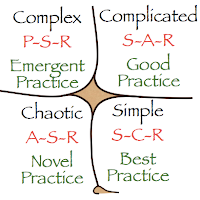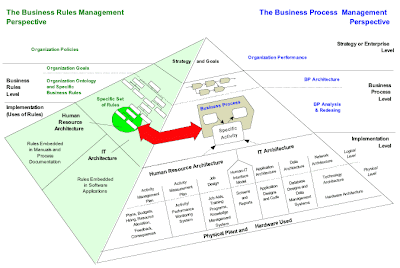All the World's a Stage
This famous quote from Shakespeare has probably never been more apropos than in this age of emerging social media. I could not resist sharing this fascinating and profound presentation by Michael Wesch , the Assistant Professor of Cultural Anthropology at Kansas State University. Michael was also the author of the famous viral video, Web 2.0 ... The Machine is Us/ing Us . The video below is compiled around Michael's recent talk at the Library of Congress. It's an entertaining and touching journey through the history of social media and how these changes impact our behaviour and develop new cultural norms. The presentation is a little lengthy, but definitely worth the watch! Jaques: All the world's a stage, And all the men and women merely players; They have their exits and their entrances, And one man in his time plays many parts, His acts being seven ages. William Shakespeare - As You Like It Act 2, scene 7, 139–143


















